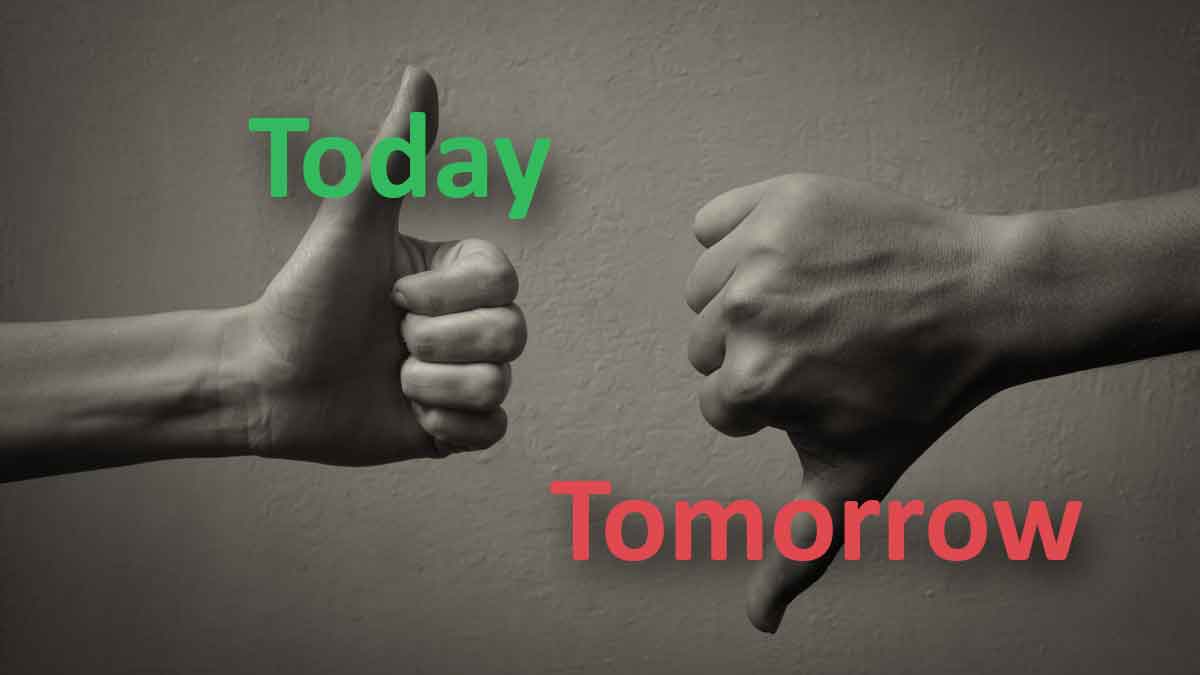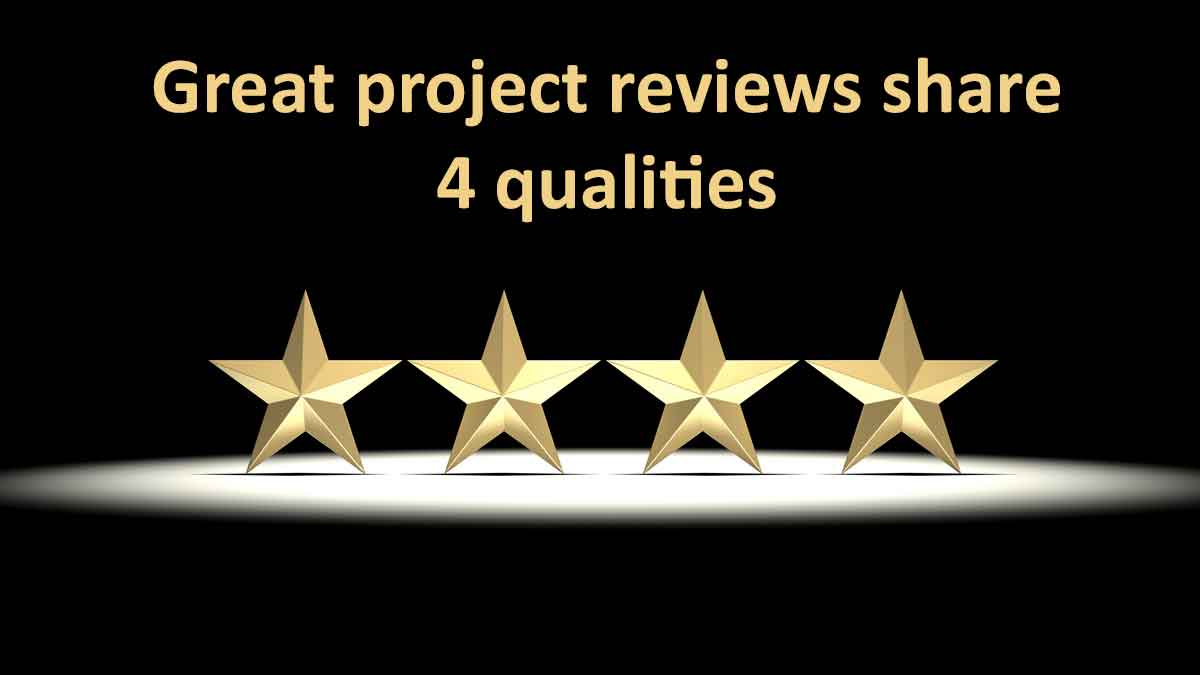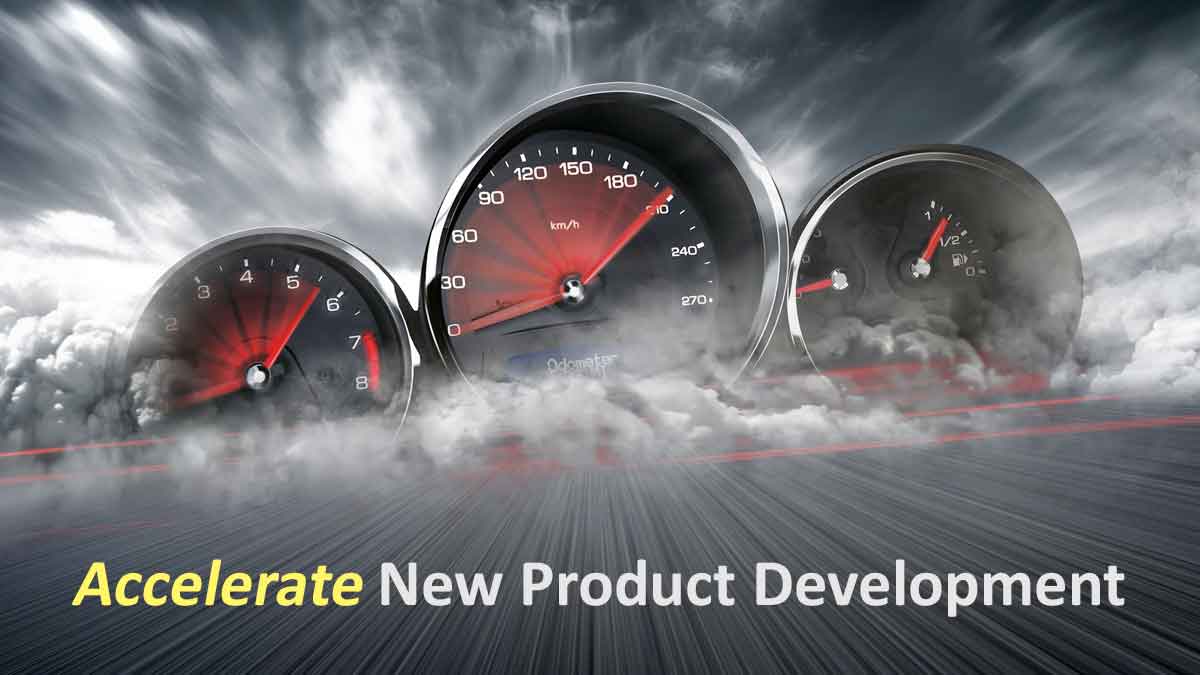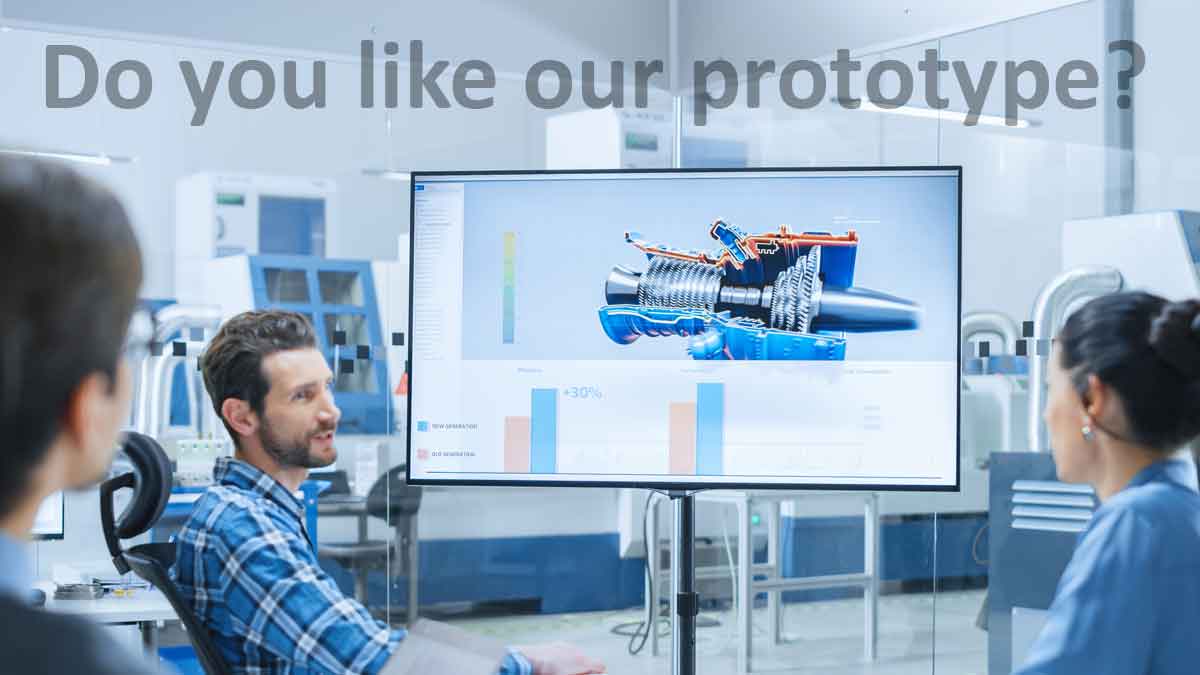If you bring a prototype to a customer, this is “concept testing”… which is different than voice of the customer research. Prototypes are fine later in the process, but for many companies this is their first discussion with customers. B2B concept testing should occur after front-end voice-of-customer interviews. If you start with concept testing, you’ll incur confirmation bias, less-engaged customers, and the false impression you’ve acted in a customer-centric fashion. See 2-minute video, Stop leading with your solutions.
More in article, Don’t Confuse Concept Testing With VoC
Want to boost your new product success rate? This new research by The AIM Institute shows a surprisingly strong correlation between B2B VOC skills and higher new product success rates. For the first time ever, you can now see which of 12 B2B VOC skills have the greatest impact on B2B new product success. If ... Read More
Your growth rate has three hidden components: Inherited Growth (from past employee’s innovations), Market Growth (from matching market growth using average innovation) and Earned Growth. You only accomplish the latter by doing a better job than competitors in understanding and meeting customer needs. Every year, purchasing agents and competitors work hard to commoditize your products. So every year you need to earn your growth. It’s the only way to rise above “mediocrity.” And who wants that? See 2-minute video, How much growth did you earn?
More in article, Own the Future with B2B Customer Insight
Surely nobody would brag about using VOO to develop new products. But if you aren’t having intelligent conversations with B2B customers before developing your new products, isn’t this what you’re doing? A good test is to add up your hours of internal conversations and compare with your voice-of-customer (VOC) hours. If you are not happy with the ratio, this might explain why customers are not happy with your new products.
More in e-book, Reinventing VOC for B2B
It wouldn’t be hard to do. It often takes 2 or 3 decades for industry to broadly adopt new practices. This has been true for statistical process control, lean manufacturing, Six Sigma, Stage-Gate®, consultative selling, and others. What if your company identified and quickly mastered the next high-impact business practice? A good candidate is reinventing VOC for B2B: Before developing a new product, conduct B2B-optimized voice-of-customer interviews, so customers can tell you precisely which outcomes to improve.
More in e-book, Reinventing VOC for B2B
In his book, The Statue in the Stone, Scott Burleson describes Jobs-to-be-Done philosophy as “an ideology to help a person accomplish a job perfectly by removing every imperfection.” Over and over we’ve seen this simple fact when our clients interview their customers: Teams that focus on their products, technologies and hypotheses struggle. But teams that focus on customers’ jobs-to-be-done–and the outcomes supporting those jobs–are much more successful.
More at Dan Adams interviews Scott Burleson about his new book, The Statue in the Stone
Quality control inspectors made sense for manufacturers… until statistical process control. High-pressure closing techniques made sense for salespeople… until consultative selling. Payback periods made sense for financial decision-making… until discounted cash flow methods. Think of these as “awkward realities.” Today, it seems to make sense for B2B companies to “ideate” new products… without first having intelligent conversations with B2B customers. The ones who could tell them precisely which outcomes to improve.
More in article, Own the Future with B2B Customer Insight
When you launched your last product, did customers start buying it right away? Or did they take a while to evaluate it because they were swamped with other matters? Why not start engaging their decision-makers and -influencers before you launch your new product? Start this engagement during voice of customer interviews, and continue it all through your development. You’ll find they evaluate—and start buying—your product sooner. Rapid “time to market” is good, but fast “time to money” is better.
These are explained in the article, The Missing Objective in Voice of Customer Interviews
1) Everyone on the leadership team—HR, Finance, Legal—understands your project de-risking plan and progress. 2) Because you’ve explained potential landmines early, management is confident you aren’t “hiding something.” 3) Management sees you’re investigating critical assumptions fast and cheaply, so they don’t second-guess or micro-manage. 4) When it’s time for investment decisions, they are made quickly and wisely… because these leaders have been on the journey with you. (See 2-minute video, How to manage transformational projects.)
More in article, How to de-risk projects and overcome management doubt
In the landmark book, SPIN Selling, Neil Rackham’s research on 35,000 sales visits found the best salespeople engage customers in discussions about their problems. Consider your own stage-and-gate process: After Concept Development, Feasibility, Development, and Scale-up, your best salespeople ask customers, “What problems are you facing?” Why not pull this question to the front end and ask it before developing your product? This engages customers in a genuine manner and starts the “selling process” before you have something to sell. See video at www.vocforb2b.com.
More in article, The Missing Objective in Voice of Customer Interviews
It’s pretty obvious that one objective is customer insight—understanding customer needs so you can develop the right product. The oft-overlooked objective is customer engagement. This is conducting your voice of customer interviews in a manner that “primes” customers to buy your product when you’re done developing it. Do this well and you sell your product before it even exists. Learn more about customer engagement in the 2-minute video, Engage your B2B customers.
More in article, The Missing Objective in Voice of Customer Interviews
First, ask what “job-to-be-done” you want to help customers improve. Then ask who these customers are. There’s more to the second question than many realize: a) Which point of the value chain is key? Our customers? Our customers’ customers? b) Which job functions should we interview at these companies? c) Who else in the ecosystem should we interview? Industry influencers? Co-suppliers? Regulators? The more diverse your input, the more likely you are to uncover an exciting market need your competitors missed.
More in article, Elevate Your Success in New Product Blueprinting Step 1
If your new product eventually reaches sales of $5 million/yr with average profits, accelerating its launch by one month boosts NPV by $80,000. Speed matters! Virtual voice-of-customer helps you move faster for 2 reasons. 1) Instead of finding 1-2 travel days for your team that align with the customer’s schedule, you just need 1-2 hours… letting you pack in more interviews earlier. 2) You can schedule multiple interviews per day. Employing more virtual VOC can easily trim a month or two off your timeline. See 2-minute video, Conduct virtual customer interviews.
Download our white paper at www.virtualvoc.com
If you conduct the right kind of B2B quantitative interviews, you don’t need to show customers a prototype to see if they’ll like it. You’ll already know what they want if you use the methods in this 2-minute video: Benchmark Competing Alternatives. However… prototypes can still be helpful to a) further engage customers, b) understand the value your new product delivers, and c) make refinements. But if you’re serving a B2B market, you can stop lobbing prototypes to understand what customers want.
More in article, Predict the customer’s experience with modeling













